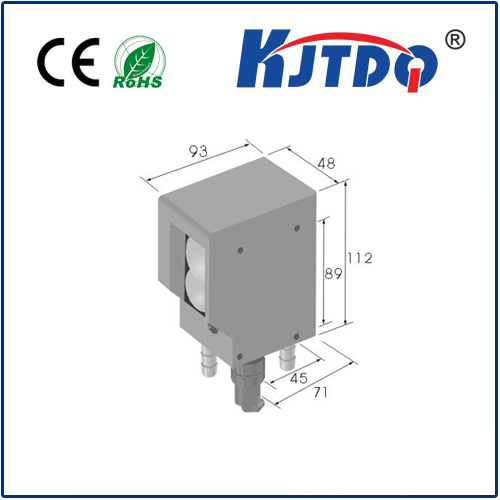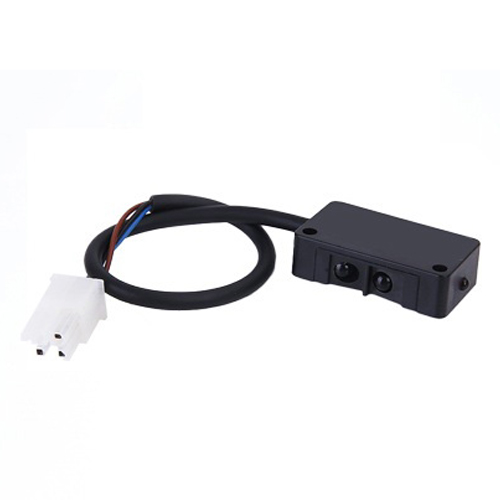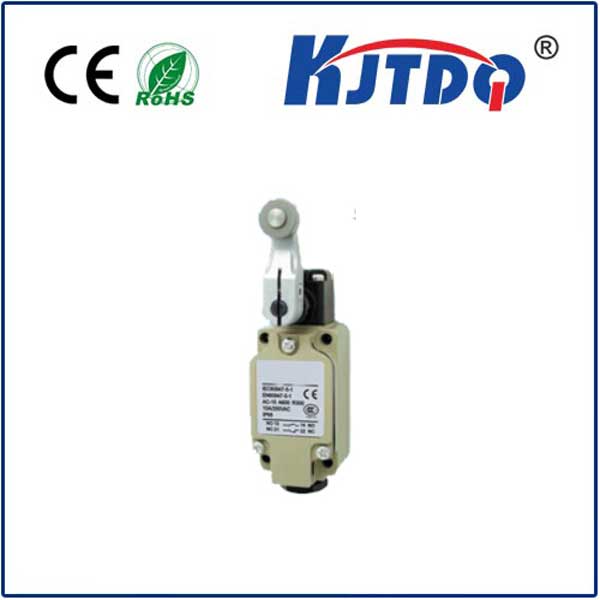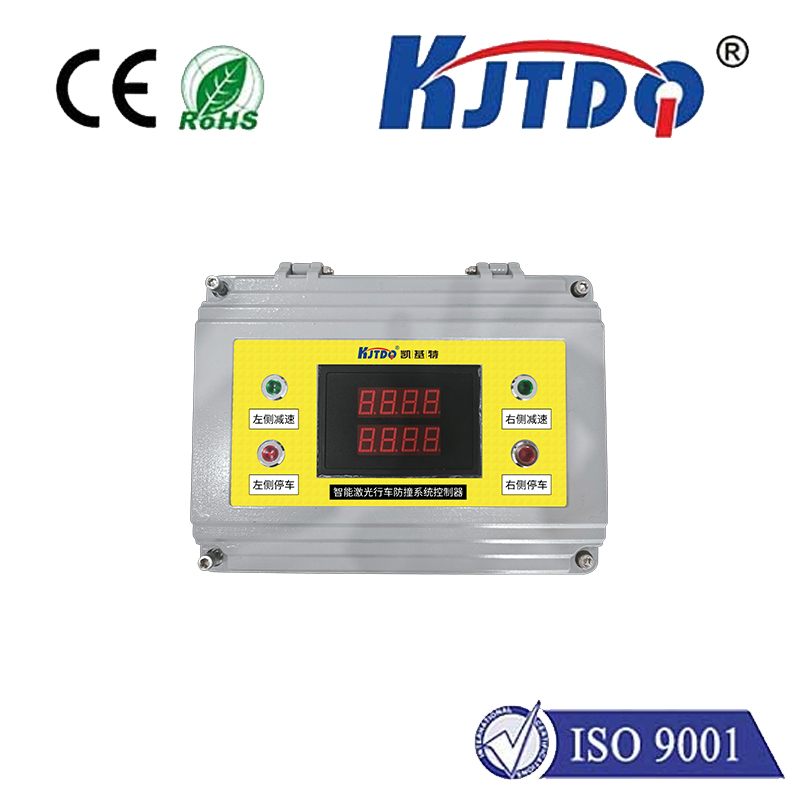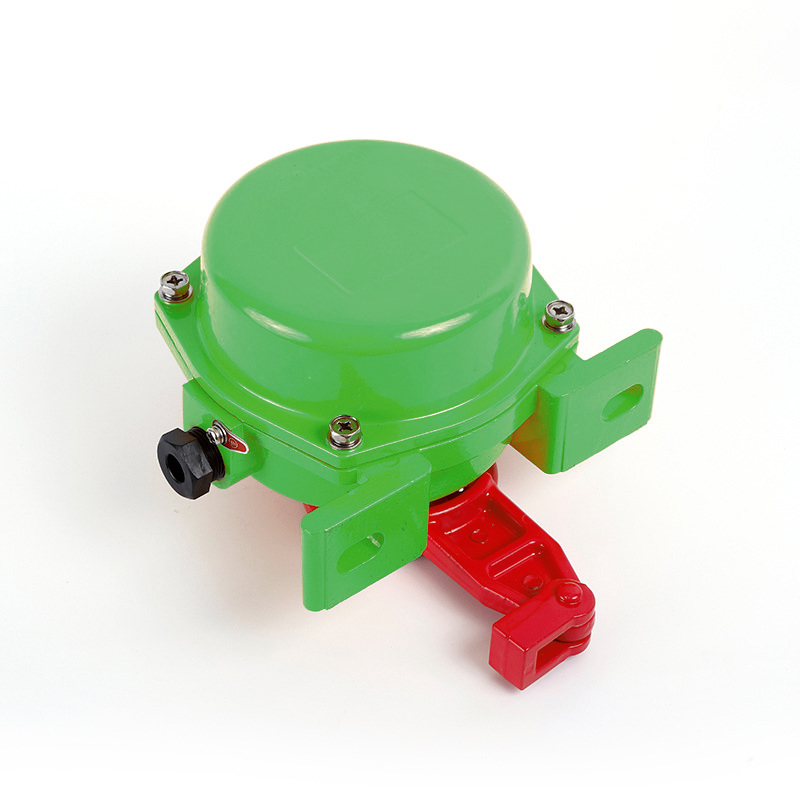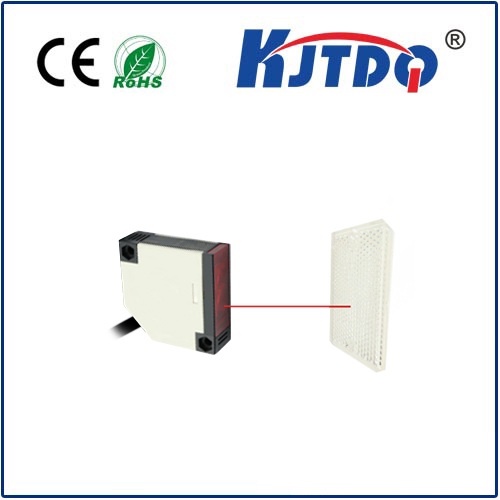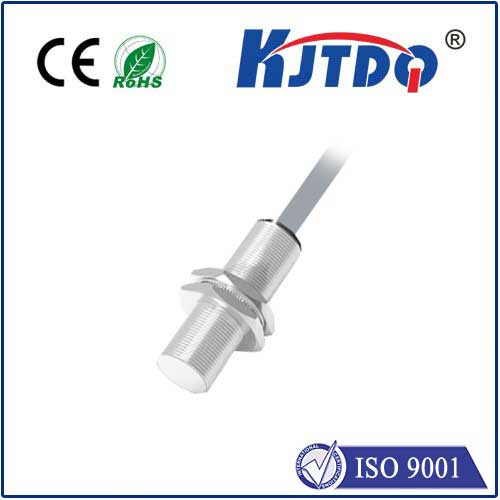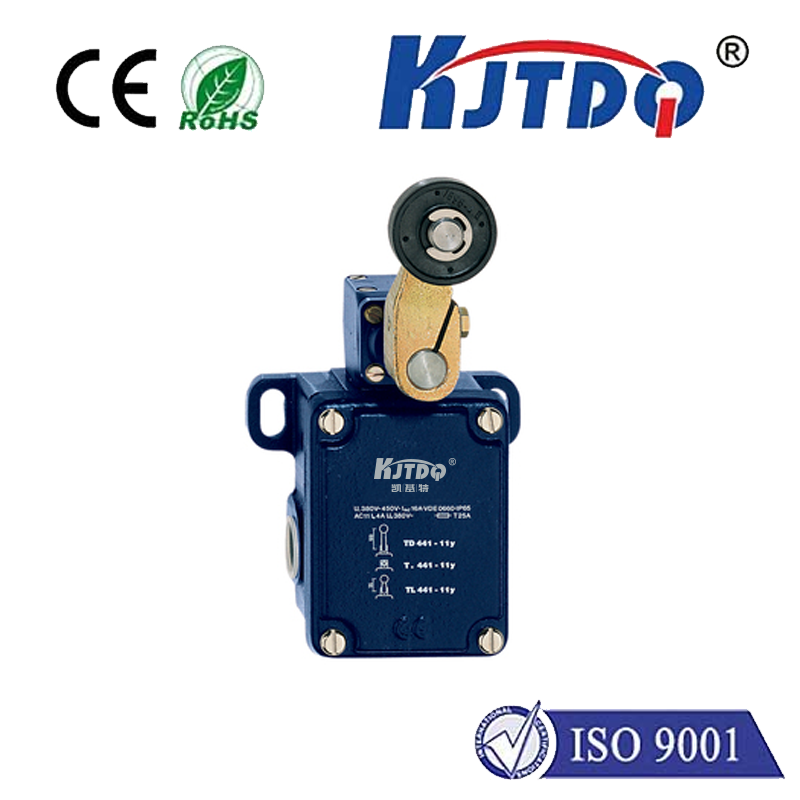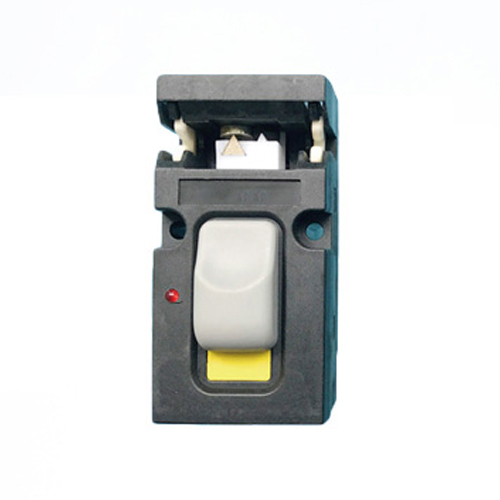laser gate sensor
- time:2025-09-08 15:12:56
- Click:0
Laser Gate Sensors: The Invisible Guardians of Precision Detection
Imagine a production line humming, bottles speeding past at blinding rates. How does the system know precisely when to fill, cap, or label each one? Picture a high-stakes sprint finish, athletes separated by milliseconds. What ensures the timing is utterly impartial and accurate? Or consider a critical doorway in a secure facility – how is unauthorized access instantly detected? The answer, often unseen but vitally important, lies in a remarkable piece of technology: the laser gate sensor.
Laser gate sensors are sophisticated optoelectronic devices designed to detect the interruption of a laser beam. They consist fundamentally of two core components: a laser transmitter and a laser receiver. The transmitter projects a highly focused, coherent beam of light – typically visible red or invisible infrared – across an open space towards the receiver. The receiver, meticulously aligned, constantly monitors the intensity of this incoming beam. When an object passes through the space between them, it interrupts the laser beam. This interruption causes a sudden, measurable drop in the light intensity received. The receiver’s electronics detect this change and trigger an output signal – a digital switch (e.g., from high to low voltage) or an analog response proportional to the interruption – which is then used by a connected control system.
This seemingly simple principle unlocks unparalleled precision and reliability in detection applications. Unlike mechanical switches, laser gate sensors offer contactless detection. There’s no physical interaction, eliminating wear and tear on both the sensor and the object being detected. This translates directly to exceptional longevity and minimal maintenance requirements, a critical advantage in demanding industrial environments.
The core advantages driving the widespread adoption of laser gate sensors are compelling:

- Ultra-High Precision: The sharp, well-defined laser beam allows for the detection of extremely small objects or minute positional changes. This is crucial for tasks like verifying micro-component placement on circuit boards or high-resolution positioning.
- Exceptional Speed: Laser light travels at, well, light speed. Coupled with fast-response photodetectors and circuitry, these sensors can detect objects moving at extraordinarily high velocities, making them ideal for high-speed counting (e.g., on production lines) and ultra-precise timing (e.g., sports photofinish systems).
- Long Sensing Ranges: Depending on the laser power and receiver sensitivity, laser gate sensors can effectively operate over distances ranging from a few centimeters to many meters, far exceeding the practical range of many standard photoelectric sensors.
- Superior Stability & Immunity: The coherent nature of laser light makes it less susceptible to interference from ambient light fluctuations compared to standard LED-based photoelectric sensors. They are often remarkably stable even in challenging lighting conditions. High-quality models also feature robust housings (IP67/IP68 ratings are common) for reliable operation in dusty, humid, or washdown environments.
- Minimal Sensitivity to Object Properties: While factors like reflectivity or color can affect some photoelectric sensors (like diffuse types), laser gate sensors primarily rely on beam interruption. This makes them largely insensitive to the surface finish, color, or material of the object passing through the gate, ensuring consistent detection across diverse products.
Where Laser Gate Sensors Shine: Key Applications
The unique strengths of laser gate sensors make them indispensable across numerous sectors:
- Industrial Automation: This is their primary domain.
- Precision Positioning: Ensuring components are correctly located for machining, assembly, or robotic handling.
- High-Speed Counting & Control: Accurately counting rapidly moving items like pills, bottles, cans, or components on conveyors for filling, sorting, or packaging control.
- Object Verification & Presence Detection: Checking for the presence or absence of parts in fixtures, verifying labels are applied, or confirming door/gate positions.
- Synchronization: Triggering actions precisely when an object reaches a specific point (e.g., starting a welding sequence or activating a laser marker).
- Security & Access Control: Creating invisible, tamper-resistant intrusion detection perimeters around windows, doors, or sensitive areas. Integration with alarm systems provides immediate notification of breaches. Used in museums or galleries to protect exhibits.
- Sports Timing & Performance Analysis: Forming the core of photofinish systems in athletics (track, swimming, skiing), providing definitive race results. Used in motorsports for precise lap timing and speed traps. Analyzing movement in sports science.
- Traffic Management & Tolling: Detecting vehicles for traffic flow monitoring, toll collection enforcement, red-light camera activation, and access control in car parks or restricted zones.
- Laboratory & Research Equipment: Providing precise triggering for experiments, particle detection, fluid flow analysis, or within specialized analytical instruments requiring high-resolution detection.
- Elevator Safety Systems: Often integrated as secondary safety devices to detect obstructions in doorways.
Selecting the Right Laser Gate Sensor
Choosing an appropriate laser gate sensor involves careful consideration:
- Sensing Range: The distance between the transmitter and receiver required for your application.
- Beam Size & Precision: The diameter of the laser beam determines the minimum detectable object size and positional accuracy needed.
- Operating Environment: Temperature, humidity, dust, vibration, and potential exposure to cleaning chemicals or washdowns dictate the required ingress protection (IP rating) and construction robustness.
- Output Type: Does the control system require a simple digital ON/OFF signal (PNP/NPN), a relay contact, or an analog signal proportional to beam strength? (Analog variants are useful for detecting partial beam blockage or varying object sizes).
- Alignment Aids: Features like visible laser beams (even on IR models) and alignment indicators significantly simplify installation and maintenance. Look for models with robust alignment mechanisms to maintain precision over time and vibration.
- Response Time: Critical for high-speed applications; ensure the sensor’s response time matches object velocity.
- Power Requirements: Compatibility with the available DC voltage supply.
The Future is Bright (and Precise)
As automation demands ever greater speed, precision, and reliability, the role of laser gate sensors will continue to expand. Integration with Industrial Internet of Things (IIoT) platforms and Industry 4.0 concepts is likely, enabling remote diagnostics, predictive maintenance, and enhanced data collection capabilities. Advances in laser diodes and receiver sensitivity will push the boundaries of achievable sensing ranges and miniaturization. We may also see smarter sensors with integrated diagnostics and self-alignment features becoming more prevalent.
From the clang and rhythm of a factory floor to the silent vigilance of a high-security zone, from the split-second drama of an Olympic finish to the smooth automation of your daily commute, laser gate sensors perform critical tasks with unwavering accuracy. Their ability to provide non-contact, high-speed, and highly reliable detection makes them truly the invisible guardians, ensuring efficiency, safety, and precision across countless facets of modern technology and industry. Understanding their capabilities is key to unlocking solutions for the most demanding detection challenges.












